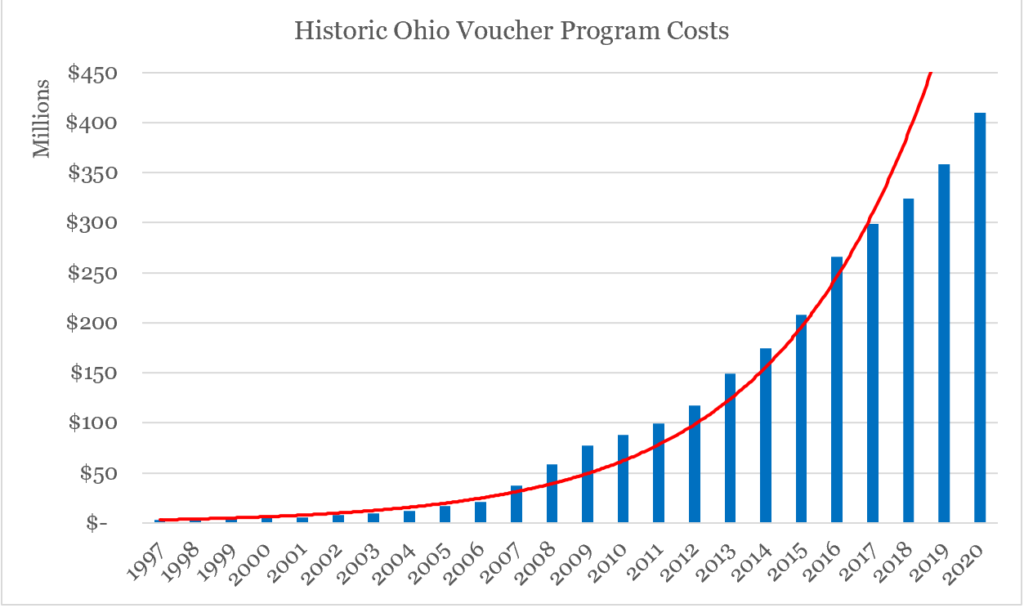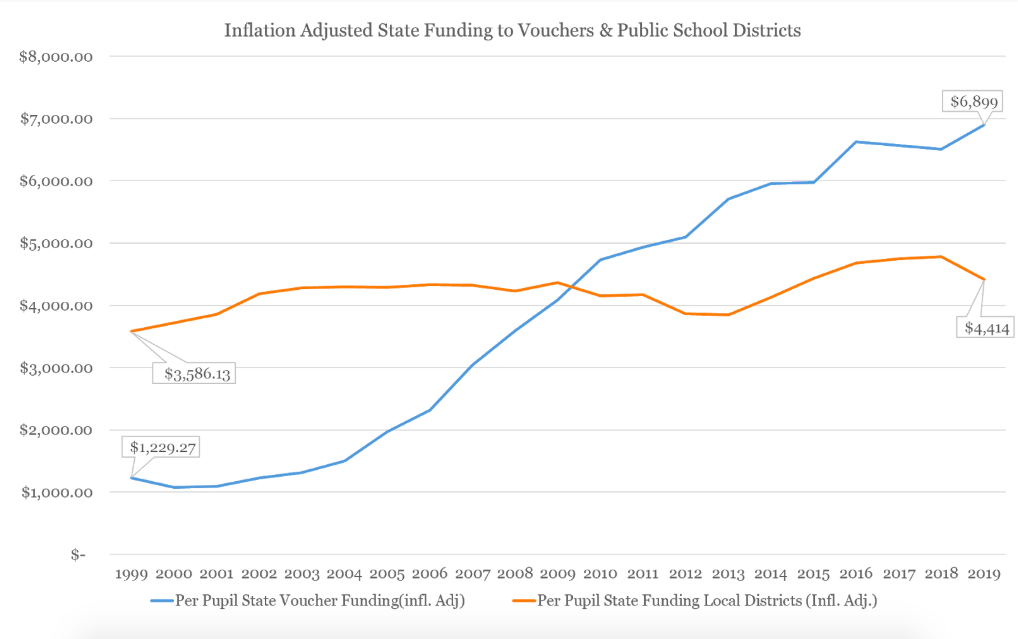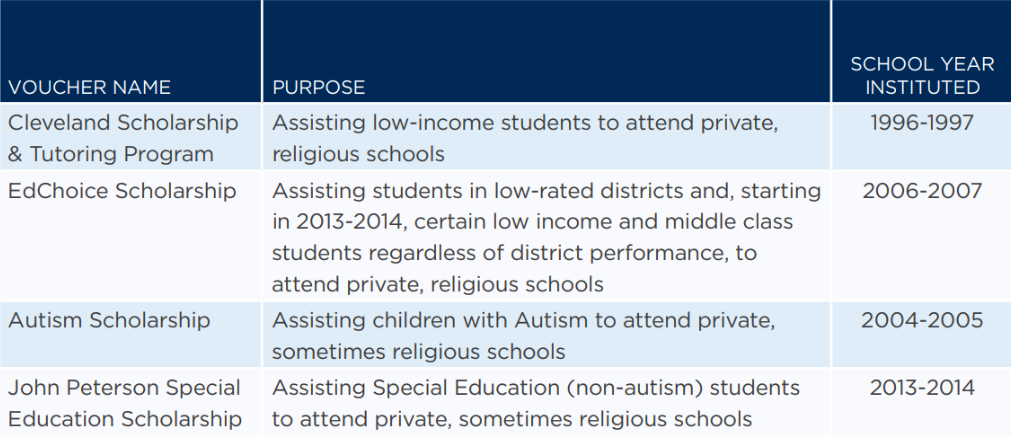What you need to know about Ohio Politics and Policy
Stephen Dyer · February 5, 2020
Voucher Proponents Sue Ohio Over 60-Day Delay
Pro-voucher forces have sued the state over a meager 60-day deal to delay the initial sign-up period for taxpayer-funded vouchers to send students to private schools.
Lawmakers moved the deadline from Feb. 1 to April 1.
This recent lawsuit on behalf of families seeking vouchers and religious private schools was spurred by a meager 60-day delay which allows lawmakers to address significant problems with a program that has skyrocketed in taxpayer cost over the last few years.
First of all, let us be extremely clear. The Ohio Constitution guarantees zero right for families opting to send their students to private schools to receive a taxpayer subsidy to do so.
However, there is a constitutional provision requiring that the state establish a system of common, public schools – a system that has yet to be fixed.
60 days vs. 10,200 days
Ohio’s school funding formula produces drastically different outcomes in poor districts versus wealthy districts. The Ohio Supreme Court has ordered four times that our system be fixed because the state relies too much on property taxes to equitably pay for the education of Ohio’s 1.7 million students.
Ohio’s school funding system is as unconstitutional today as it was more than 10,200 days ago when the DeRolph lawsuit was first filed. Sixty days doesn’t seem very long in comparison.
The delay spurring this recent lawsuit on behalf of families and religious private schools entailed a meager 60-days to address structural problems with a program that has skyrocketed in taxpayer cost over the last few years.

Competing priorities cause 60-day delay
What caused the 60-day delay? State Sen. Matt Huffman, R-Lima, wants to fix education not by investing in the system for 90 percent of Ohio’s students as Ohio’s Constitution demands, but by removing hundreds of millions of dollars from that system and instead handing it out to families that make as much as $100,000 a year or more to subsidize their child’s private school education.
The stated intent of vouchers is to give an out to students in “failing” school districts. Huffman wants to give vouchers even to students who never attended the qualifying public school districts in the first place.
Because of the primary way the vouchers are funded – directly removing state money from traditional public school districts – vouchers leave many districts with substantially less state aid. This loss of funding forces districts to choose between more frequent and larger property tax levies or fewer opportunities for students in districts.

Meanwhile, House Speaker Larry Householder, R-Glenford, doesn’t want the program to be based on the report card performance of school districts because everyone in the General Assembly agrees that the current state report card is deeply flawed.
Speaker Householder also does not want the money to be directly deducted from school districts’ state funding amounts. He wants the state to pay for vouchers directly.

While both sides could not agree on the future course of EdChoice performance-based vouchers before Saturday’s deadline (necessitating the delay), the fact that there are serious divisions among the Ohio Republican Caucuses suggests that changes may be soon to come.
Is a comprehensive fix for our broken school funding in sight?
In the background of this conversation about vouchers lingers the Cupp-Patterson education funding plan. If modified, Cupp-Patterson could provide the long-awaited fix to Ohio’s education finance system for the 90 percent of students attending our state’s public schools.
Speaker Householder has made it very clear that fixing school funding is a top priority for him.
We shall see how this all shakes out.
Vouchers do not produce better outcomes for students
Meanwhile, let us not forget that a pro-voucher group – the Thomas B. Fordham Institute – found a few years ago that “the students who actually left the public schools—at least those on the margin of eligibility—perform worse on statewide tests.”
Recently, I compared how public school districts performed on state tests versus how private schools taking vouchers in those communities performed.
In 8 of 10 cases, public school districts outperformed voucher schools by an average of 27 percentage points.
The 2 of 10 cases where the private school performed better was by a far more modest 9 percentage points (and that’s assuming every voucher provider with a mailing address is actually in that city, which we know is not true, but I wanted to be as generous as possible to the voucher schools).
Ohio is pouring more and more taxpayer money into a program that doesn’t appear to improve outcomes for our students but rather harms them.
Tagged in these Policy Areas: Education | K-12 Education


